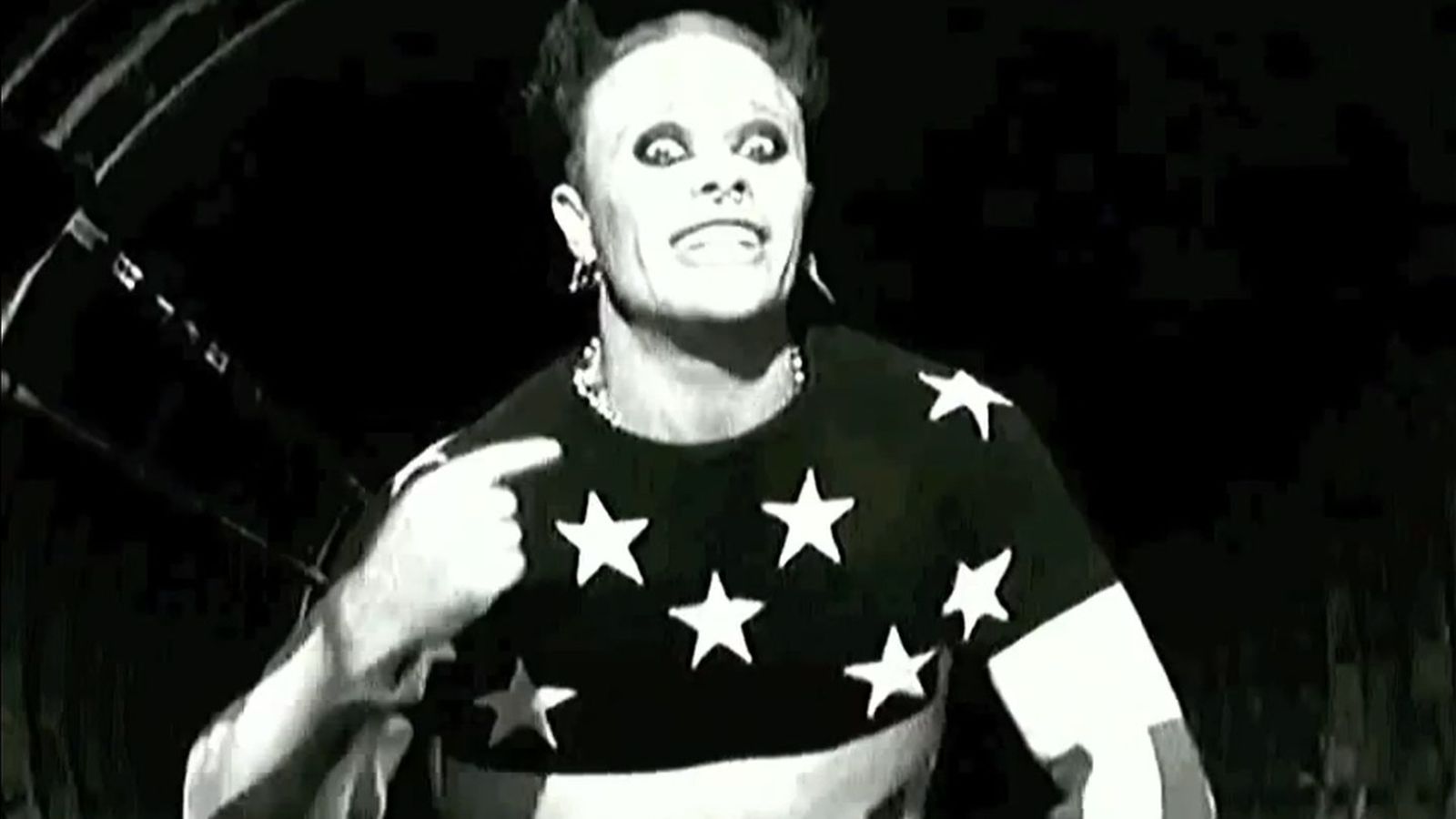

Deepening the Message of the Blues (01:49) Intensely personal, blues lyrics told a story that could be about anything, and was intended to make the listener feel better, not worse. Sacred Blues - Letting the Soul Sing (03:40)
#Best music prodigy pbs movies free
Black people were "searching for an aesthetic.that would free them from the burden of minstrelsy." Built on just three chords, its structure allows for an infinite number of variations. The Roux - Blues (02:22)Ībout the same time ragtime arrived, the blues found New Orleans. "Syncopation gone mad," ragtime was most popular among the young. In the 1890s ragtime became America's most popular music. A back-room deal between Northern Republicans and Southern Democrats resulted in the withdrawal of Federal troops and reconstruction collapsed overnight. Union occupation and subsequent Reconstruction heralded a new birth of freedoms for blacks in New Orleans and unleashed a period of creativity. It was a medium through which blacks and whites would interpret and misinterpret each other for decades. Minstrelsy, a national form of entertainment, reinforced ugly racial stereotypes. New Orleans theaters featured minstrel shows, performed by whites in black-face and even blacks. Complexity of Black/White Relations in Music (03:31) The multitude of ethnicities sharing this culture who could not escape one made for a vibrant culture. There were 3 opera companies and 2 symphony orchestras, one white and one Creole. New Orleans - "One Vast Waltzing and Gallopating Hall" (02:27)Ĭitizens of all colors marched to the music of brass bands during New Orleans' many parades. This mixed-race group of free people who were often classically trained prided themselves on their ability to play all kinds of music. While white onlookers mistook their complex percussive rhythms as glimpse of Africa, but black music reflected a number of locales. Slaves were permitted to sing and dance Sunday afternoons in Congo Square. In this slave trading center learned to improvise, a talent that would be at the core of jazz. In the early 1800s, New Orleans was the most cosmopolitan city in America. In New Orleans, among hundreds of tenements of integrated nationalities jazz was born. This segment introduced (without names) early jazz musicians from every part of the country and every walk of life who led America in the new improvisational art.

Albert Murray calls it the "Creative process incarnate." Jazz Pioneers (02:52) Gary Giddens says jazz is rugged individualism. Wynton Marsalis says jazz celebrates the profundity and absurdity of human life-and everything in between. Jazz was "born out of a million American negotiations." It "rewards individual expression, but demands selfless collaboration." It is, "forever changing, but nearly always rooted in the blues." Jazz Celebrates Life (00:47) Wynton Marsalis discusses the power and innovation of Jazz-artists speaking to one another, "In the language of music." America's Music (02:17)


 0 kommentar(er)
0 kommentar(er)
